The ban on the use of tar oil creosote as a wood preservative for farm and commercial fencing came in to effect in November last year, with remaining stock allowed to be sold by retailers up to 30 April 2023. With creosote having been used in Ireland for the treatment of farm fence posts for 40 years, what options exist for farmers seeking a long-life fencing post in the future?
TAMS III has included sheep fencing and equine fencing, with both having previously been included in TAMS II. Bovine electric fencing is a new addition as an item eligible for grant aid. As part of the previous TAMS, timber used for farm fencing posts and railings were required to meet IS436 standards. Douglas fir, larch, lodgepole pine, Scots pine, Sitka spruce and Norway spruce were all approved timber types, with oak being the only approved hardwood. As part of the IS436 standards, farm fencing was to have a service life of at least 15 years, with an appropriate preservative used to satisfy this. For equine fencing, the now-banned creosote preservative was the only permissible treatment.
Now, fencing contractors and suppliers say that they are rapidly running out of creosote-treated stakes to work with, and the lack of a readily available alternative is making them see a drop in fencing work being carried out altogether.
Some copper-oil based alternatives have recently been approved for use in the EU. Arxada, a UK-based timber products and preservative company, saw its preservative Tanasote® approved under Biocidal Products Regulation (BPR) across Europe.
Tanasote® received the maximum 10-year authorisation from BPR, having passed all animal, human and environmental health risk assessments. Arxada stated that rigorous testing has taken place, with an expected lifespan of 40 years plus (depending on environmental conditions) for the copper-oil-treated timber.
To test Tanasote®, Arxada adopted the Fahlstrom stake test method, which is an accepted fast approach for determining decay in a real-world environment through the use of thin stakes. The combination of a very small size and harsh conditions at the aggressive high-humidity field site in Florida, US, was used to test the expected life expectancy of the Tanasote® treated stakes.
Expert third-party analysis was sought for interpretation of the data from BM TRADA, with the summation being that Tanasote® S40 used at a commercial loading rate of 100kg/m3 would likely deliver a desired service life for timbers of up to 40 years.
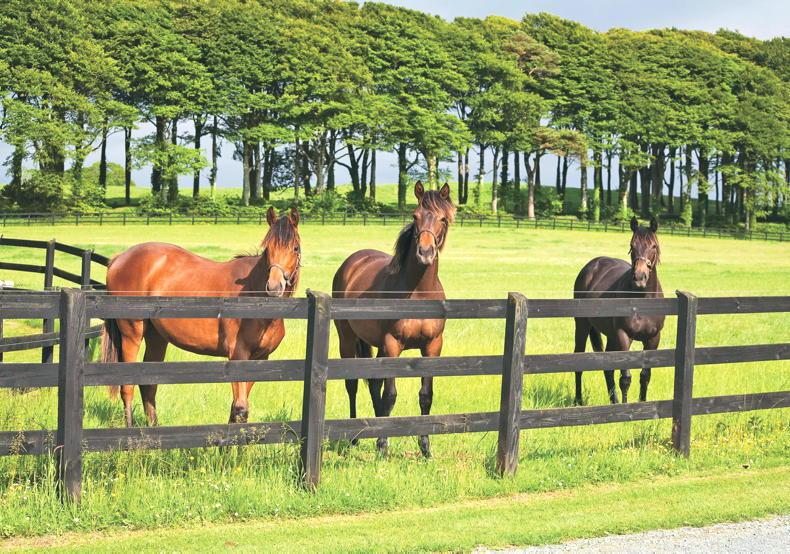
Creosote was the only approved treatment for equine fencing in TAMS II, as it is well known to prevent crib biting of fences.
European-based company Koppers has also seen its oil-based preservative be department approved, and is also awaiting NSAI approval. Koppers has been working on efficacy testing and process optimisation since 2010 with the AgroProtect preservative, which has copper and organic biocides as it’s active substances. There is currently only one plant based in Germany that is using AgroProtect at the moment.
Issues with TAMS
and supply
Despite the recent approval of copper-oil use for fencing, the National Standards Authority of Ireland (NSAI) has yet to approve copper-oil treated posts as being eligible for TAMS grants. Other treatments than creosote have been permissible in previous TAMS, although their use for grant-approved fencing was to a much lesser extent than creosote-treated posts, and creosote was also the only permissible treatment for equine fencing at the time.
As it stands, creosote-treated post supplies are rapidly drying up. The Irish Farmers Journal talked to several fencing contractors during the week, with all of them lamenting the lack of posts now available to them, despite the product being permissible to sell up until 30 April. Many have stated that, as a result, work has been postponed on many farms until a suitable alternative is readily available.
The issue with suitable alternatives (namely copper-oil-based treatments) is that treatment plants have yet to switch over their technology to using alternative preservatives, which plants are saying will take up to 18 months – along with huge capital investment. There are currently only three plants in the EU that have the necessary equipment in place to use copper-oil. Some larger plants will have multimillion euro capital investment costs to make in order to use the new preservative. European legislation dictates that these new plants be built to ‘best standard’, meaning that the entire treatment area be roofed and automated as much as possible.
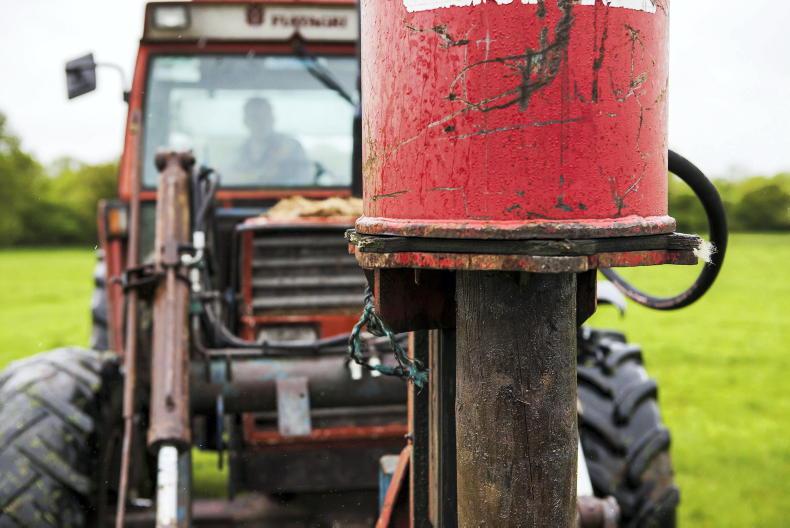
Fencing contractors have warned that a large amount of lay-offs may occur as work ceases due to the end of creosote treatment and the lack of supply of a suitable substitute.
Anecdotal evidence is indicating that the use of the copper-oil preservatives in an equine setting is resulting inn no-crib biting, similar to creosote treated products. The issue that equine breeders will have is that sufficient quantities of copper-oil post and rail are not available to them.
With stocks dwindling right across Europe, a derogation for the use of creosote posts in the equine industry would still likely lead to supply issues, as plants have wound down the purchasing of creosote and begun converting existing plants over to alternative products.
Higher costs
The increased cost of the copper-oil preservative as well as the changing over of treatment plants, many of which will have to invest in totally new operations, will likely lead to a high initial cost of treated posts. The hope would be that, as the copper oil would be manufactured at a higher rate in the years to come, this price would significantly reduce. If the copper oil works to a similar standard as creosote has in the past, without the health risks, the move will be a positive one for the fencing industry.
What the industry is saying
Richard O’Connor PDM LTD, Co Kildare
As it stands, copper oil is three times more expensive than creosote to purchase as a raw material, so we are trying to have a quality product that is of high quality while still offering value for money to customers. We have a quantity of Irish-grown posts treated with copper-oil-based preservative, that were treated off site, waiting in the yard. We are working closely with the Department and NSAI on working towards getting copper-oil treatments approved in time for when creosote is removed from the market.
Henry Kavanagh, fencing contractor, Co Laois
“They are creating the opportunity of more work for contractors through TAMS, but they are at the same time cancelling that opportunity straight away, especially in the equine industry where creosote is the only preservative able to prevent crib-biting. I have been fencing for 19 years, and throughout all the grant schemes for fencing in that time, no farmer has ever asked me to use anything but creosote-treated posts. It’s going to slow down the progress of farm-fence contractors, and I can see workers being let go; people with two or three employees won’t be able to keep wages paid when work dries up, while some contractors will struggle to keep going and may even exit the industry.”
Creosote has been in derogation for 20 years now, meaning it was always going to receive the chop at some point, but the manner in which it was done, with less than six months given to manufacturers to stop using the product in lieu of alternative treatments, appears rushed.
The real kick in the teeth to the agricultural industry is that we are being told alternative treatments are available, and yet there is a derogation in creosote use for utility poles and railway sleepers until 2029.
With the upcoming opening date of TAMS, a huge percentage of suitable fence posts have been removed from the market, with new treatments likely not to be NSAI-approved until 2024.
Coupled with this, manufacturers are indicating that costs of copper-oil-based treated posts will be 50% more expensive than creosote-treated ones currently are, yet TAMS costs have only risen 15%.
The pressure now is to get copper-oil preservatives NSAI approval in as quick a time as possible to allow for companies to begin converting plants and manufacturing posts.
The ban on the use of tar oil creosote as a wood preservative for farm and commercial fencing came in to effect in November last year, with remaining stock allowed to be sold by retailers up to 30 April 2023. With creosote having been used in Ireland for the treatment of farm fence posts for 40 years, what options exist for farmers seeking a long-life fencing post in the future?
TAMS III has included sheep fencing and equine fencing, with both having previously been included in TAMS II. Bovine electric fencing is a new addition as an item eligible for grant aid. As part of the previous TAMS, timber used for farm fencing posts and railings were required to meet IS436 standards. Douglas fir, larch, lodgepole pine, Scots pine, Sitka spruce and Norway spruce were all approved timber types, with oak being the only approved hardwood. As part of the IS436 standards, farm fencing was to have a service life of at least 15 years, with an appropriate preservative used to satisfy this. For equine fencing, the now-banned creosote preservative was the only permissible treatment.
Now, fencing contractors and suppliers say that they are rapidly running out of creosote-treated stakes to work with, and the lack of a readily available alternative is making them see a drop in fencing work being carried out altogether.
Some copper-oil based alternatives have recently been approved for use in the EU. Arxada, a UK-based timber products and preservative company, saw its preservative Tanasote® approved under Biocidal Products Regulation (BPR) across Europe.
Tanasote® received the maximum 10-year authorisation from BPR, having passed all animal, human and environmental health risk assessments. Arxada stated that rigorous testing has taken place, with an expected lifespan of 40 years plus (depending on environmental conditions) for the copper-oil-treated timber.
To test Tanasote®, Arxada adopted the Fahlstrom stake test method, which is an accepted fast approach for determining decay in a real-world environment through the use of thin stakes. The combination of a very small size and harsh conditions at the aggressive high-humidity field site in Florida, US, was used to test the expected life expectancy of the Tanasote® treated stakes.
Expert third-party analysis was sought for interpretation of the data from BM TRADA, with the summation being that Tanasote® S40 used at a commercial loading rate of 100kg/m3 would likely deliver a desired service life for timbers of up to 40 years.

Creosote was the only approved treatment for equine fencing in TAMS II, as it is well known to prevent crib biting of fences.
European-based company Koppers has also seen its oil-based preservative be department approved, and is also awaiting NSAI approval. Koppers has been working on efficacy testing and process optimisation since 2010 with the AgroProtect preservative, which has copper and organic biocides as it’s active substances. There is currently only one plant based in Germany that is using AgroProtect at the moment.
Issues with TAMS
and supply
Despite the recent approval of copper-oil use for fencing, the National Standards Authority of Ireland (NSAI) has yet to approve copper-oil treated posts as being eligible for TAMS grants. Other treatments than creosote have been permissible in previous TAMS, although their use for grant-approved fencing was to a much lesser extent than creosote-treated posts, and creosote was also the only permissible treatment for equine fencing at the time.
As it stands, creosote-treated post supplies are rapidly drying up. The Irish Farmers Journal talked to several fencing contractors during the week, with all of them lamenting the lack of posts now available to them, despite the product being permissible to sell up until 30 April. Many have stated that, as a result, work has been postponed on many farms until a suitable alternative is readily available.
The issue with suitable alternatives (namely copper-oil-based treatments) is that treatment plants have yet to switch over their technology to using alternative preservatives, which plants are saying will take up to 18 months – along with huge capital investment. There are currently only three plants in the EU that have the necessary equipment in place to use copper-oil. Some larger plants will have multimillion euro capital investment costs to make in order to use the new preservative. European legislation dictates that these new plants be built to ‘best standard’, meaning that the entire treatment area be roofed and automated as much as possible.

Fencing contractors have warned that a large amount of lay-offs may occur as work ceases due to the end of creosote treatment and the lack of supply of a suitable substitute.
Anecdotal evidence is indicating that the use of the copper-oil preservatives in an equine setting is resulting inn no-crib biting, similar to creosote treated products. The issue that equine breeders will have is that sufficient quantities of copper-oil post and rail are not available to them.
With stocks dwindling right across Europe, a derogation for the use of creosote posts in the equine industry would still likely lead to supply issues, as plants have wound down the purchasing of creosote and begun converting existing plants over to alternative products.
Higher costs
The increased cost of the copper-oil preservative as well as the changing over of treatment plants, many of which will have to invest in totally new operations, will likely lead to a high initial cost of treated posts. The hope would be that, as the copper oil would be manufactured at a higher rate in the years to come, this price would significantly reduce. If the copper oil works to a similar standard as creosote has in the past, without the health risks, the move will be a positive one for the fencing industry.
What the industry is saying
Richard O’Connor PDM LTD, Co Kildare
As it stands, copper oil is three times more expensive than creosote to purchase as a raw material, so we are trying to have a quality product that is of high quality while still offering value for money to customers. We have a quantity of Irish-grown posts treated with copper-oil-based preservative, that were treated off site, waiting in the yard. We are working closely with the Department and NSAI on working towards getting copper-oil treatments approved in time for when creosote is removed from the market.
Henry Kavanagh, fencing contractor, Co Laois
“They are creating the opportunity of more work for contractors through TAMS, but they are at the same time cancelling that opportunity straight away, especially in the equine industry where creosote is the only preservative able to prevent crib-biting. I have been fencing for 19 years, and throughout all the grant schemes for fencing in that time, no farmer has ever asked me to use anything but creosote-treated posts. It’s going to slow down the progress of farm-fence contractors, and I can see workers being let go; people with two or three employees won’t be able to keep wages paid when work dries up, while some contractors will struggle to keep going and may even exit the industry.”
Creosote has been in derogation for 20 years now, meaning it was always going to receive the chop at some point, but the manner in which it was done, with less than six months given to manufacturers to stop using the product in lieu of alternative treatments, appears rushed.
The real kick in the teeth to the agricultural industry is that we are being told alternative treatments are available, and yet there is a derogation in creosote use for utility poles and railway sleepers until 2029.
With the upcoming opening date of TAMS, a huge percentage of suitable fence posts have been removed from the market, with new treatments likely not to be NSAI-approved until 2024.
Coupled with this, manufacturers are indicating that costs of copper-oil-based treated posts will be 50% more expensive than creosote-treated ones currently are, yet TAMS costs have only risen 15%.
The pressure now is to get copper-oil preservatives NSAI approval in as quick a time as possible to allow for companies to begin converting plants and manufacturing posts.







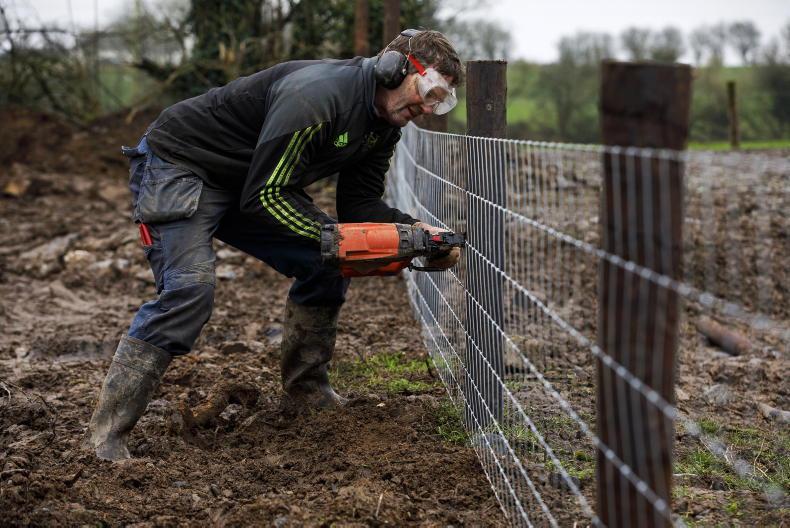

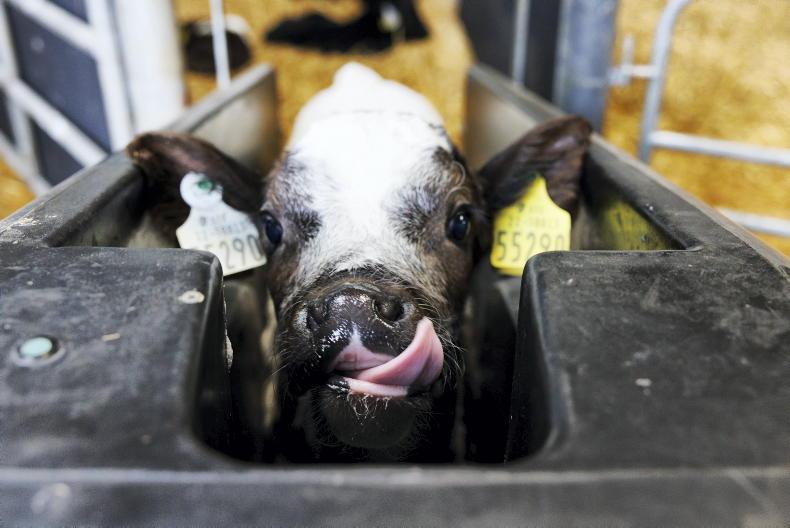

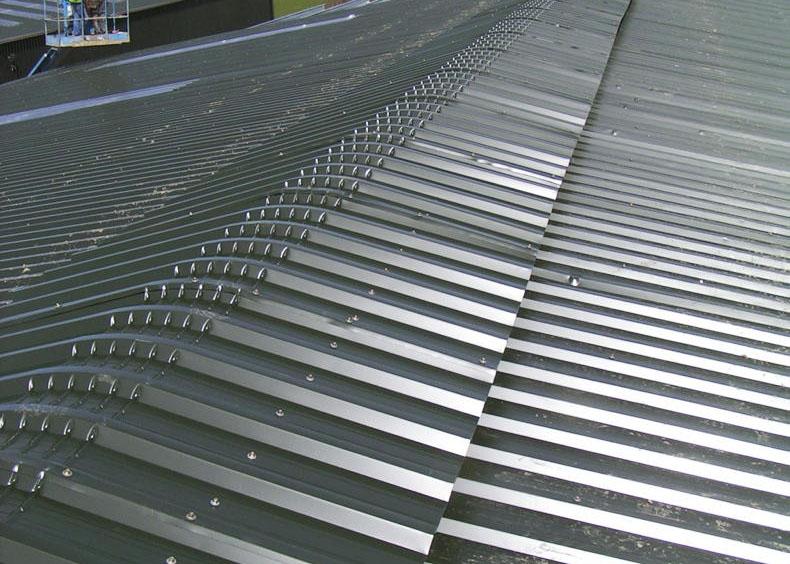
SHARING OPTIONS